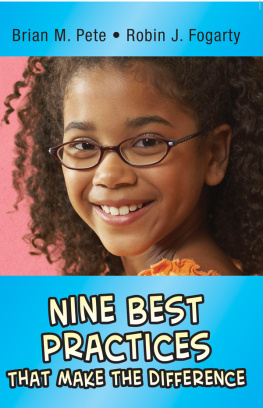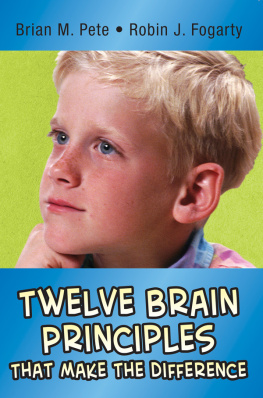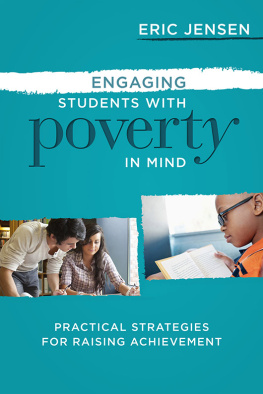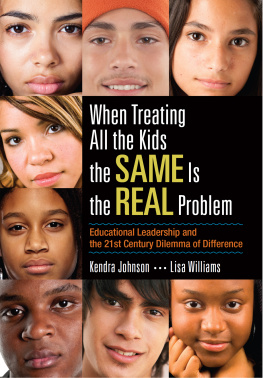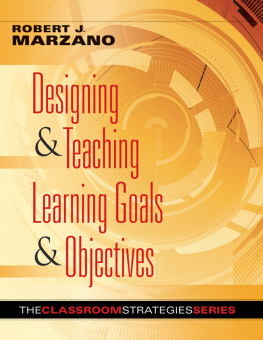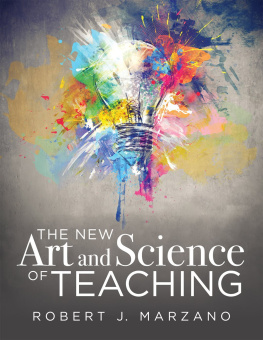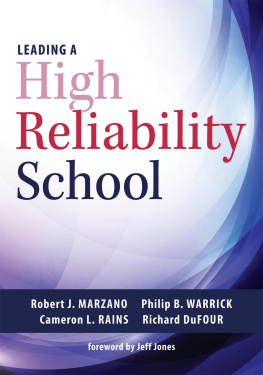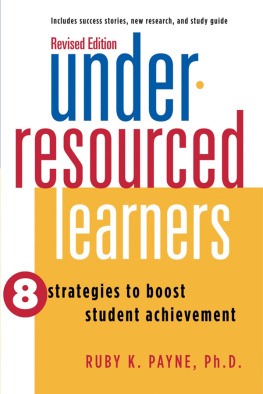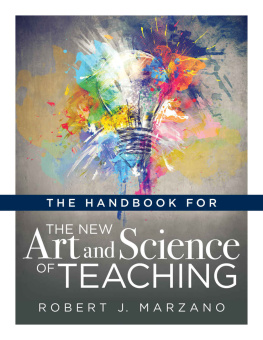Brian M. Pete - Nine Best Practices That Make the Difference
Here you can read online Brian M. Pete - Nine Best Practices That Make the Difference full text of the book (entire story) in english for free. Download pdf and epub, get meaning, cover and reviews about this ebook. year: 2015, publisher: Skyhorse Publishing, genre: Romance novel. Description of the work, (preface) as well as reviews are available. Best literature library LitArk.com created for fans of good reading and offers a wide selection of genres:
Romance novel
Science fiction
Adventure
Detective
Science
History
Home and family
Prose
Art
Politics
Computer
Non-fiction
Religion
Business
Children
Humor
Choose a favorite category and find really read worthwhile books. Enjoy immersion in the world of imagination, feel the emotions of the characters or learn something new for yourself, make an fascinating discovery.
- Book:Nine Best Practices That Make the Difference
- Author:
- Publisher:Skyhorse Publishing
- Genre:
- Year:2015
- Rating:5 / 5
- Favourites:Add to favourites
- Your mark:
- 100
- 1
- 2
- 3
- 4
- 5
Nine Best Practices That Make the Difference: summary, description and annotation
We offer to read an annotation, description, summary or preface (depends on what the author of the book "Nine Best Practices That Make the Difference" wrote himself). If you haven't found the necessary information about the book — write in the comments, we will try to find it.
Nine Best Practices That Make the Difference — read online for free the complete book (whole text) full work
Below is the text of the book, divided by pages. System saving the place of the last page read, allows you to conveniently read the book "Nine Best Practices That Make the Difference" online for free, without having to search again every time where you left off. Put a bookmark, and you can go to the page where you finished reading at any time.
Font size:
Interval:
Bookmark:

In A Nusthell
series
The Hungry Brain: The Nutrition/Cognition Connection
Susan Augustine
inFormative Assessment: When Its Not About a Grade
Robin J. Fogarty and Gene M. Kerns
The Adult Learner: Some Things We Know
Robin J. Fogarty and Brian M. Pete
How to Differentiate Learning: Curriculum, Instruction, Assessment
Robin J. Fogarty and Brian M. Pete
A Look at Transfer: Seven Strategies That Work
Robin J. Fogarty and Brian M. Pete
Close the Achievement Gap: Simple Strategies That Work
Brian M. Pete and Robin J. Fogarty
Nine Best Practices That Make the Difference
Brian M. Pete and Robin J. Fogarty
Twelve Brain Principles That Make the Difference
Brian M. Pete and Robin J. Fogarty
Data! Dialogue! Decisions! The Data Difference
Brian M. Pete and Catherine A. Duncan
Cooperative Learning: A Standard for High Achievement
R. Bruce Williams
Higher Order Thinking Skills: Challenging All Students to Achieve
R. Bruce Williams
Multiple Intelligences for Differentiated Learning
R. Bruce Williams
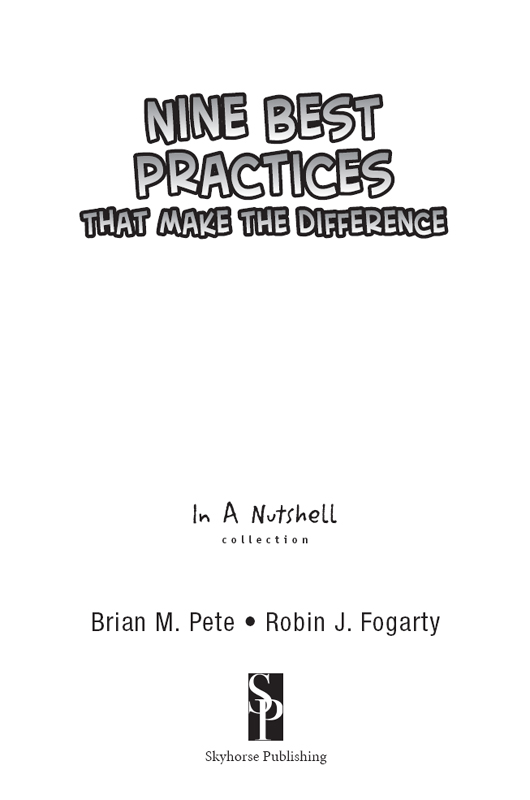
Copyright 2003 by Brian M. Pete and Robin J. Fogarty
First Skyhorse Publishing edition 2015.
All rights reserved. No part of this book may be reproduced in any manner without the express written consent of the publisher, except in the case of brief excerpts in critical reviews or articles. All inquiries should be addressed to Skyhorse Publishing, 307 West 36th Street, 11th Floor, New York, NY 10018.
Skyhorse Publishing books may be purchased in bulk at special discounts for sales promotion, corporate gifts, fund-raising, or educational purposes. Special editions can also be created to specifications. For details, contact the Special Sales Department, Skyhorse Publishing, 307 West 36th Street, 11th Floor, New York, NY 10018 or .
Skyhorse and Skyhorse Publishing are registered trademarks of Skyhorse Publishing, Inc., a Delaware corporation.
Visit our website at www.skyhorsepublishing.com.
10 9 8 7 6 5 4 3 2 1
Library of Congress Cataloging-in-Publication Data is available on file.
Print ISBN: 978-1-63450-352-5
Ebook ISBN: 978-1-5107-0120-5
Printed in China
Contents
Preface
We educators know that what makes the difference in the learning journey of the children in our classrooms is quality teaching. We also know from the research what quality teaching looks and sounds like. Quality educators go where the research on the pedagogy of best practices leads them.
Through a meta-analysis of studies on instructional strategies, Marzano, Pickering, and Pollock (2001) have identified nine families of strategies that significantly increase student achievement. The results of this meta-analysis point educators to a proven pedagogy with teacher-tested, tried-and-true techniques that work to increase student achievement through cognitive and cooperative efforts.
Framework for Quality
Nine Best Practices That Make the Difference presents research-based instructional ideas that encompass an essential repertoire for beginning and developing teachers as they become skilled professionals. The skills are organized in a framework for quality that includes observable skills in four instructional areas: Creating an Environment for Learning, Teaching the Standards of Learning, Structuring Interactions with Learning, and Reflecting about the Learning.
If caring professionals know what works and what makes the difference in the learning journey of every child, they must not only examine but also embrace these ideas in their K-12 classrooms. If, in fact, these best practices are the proven practice of effective instruction, they do, indeed, provide a rich yet manageable mandate for the teaching and learning processes.
Best Practices That Make the Difference
The strategies in the nine families are not unknowns to most teachers. Readers might want to check off in those they have used in the past. The rest of the book examines each family in more detail.
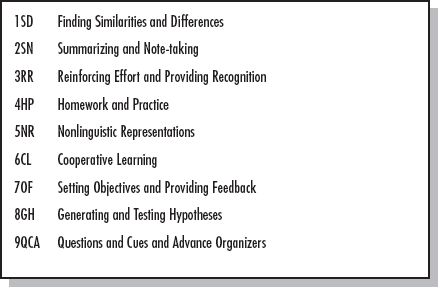
Figure Preface. 1.
Acknowledgments
No book writes itself. In fact, even though the authors write the manuscript , they rely on a skilled team of professionals to transform their thoughts and words into the printed pages of the book others eventually read. Our first acknowledgment must be directed to Bob Marzano, Debra Pickering, and Jane Pollock for their timely and thought-provoking publication, Classroom Instruction That Works , that is the basis of this Nutshell book. In this succinct piece, the authors have assembled a memorable and manageable set of instructional strategies that are proven to increase student achievement. They have given the professional teaching community an invaluable resource.
Dedication
To Michael Henry Pete, new teacher extraordinaire
About This Nutshell Book
All Nutshell books, including this one, are designed with the teacher in mind. Nutshell books are meant to be an informal conversation between authors and teachers that briefly visits, or revisits, ideas about teaching and learning. They are intended to spark teachers thinking as they question the ideas presented with their usual pragmatic query, How can I use this tomorrow? The ideas are presented in a user-friendly way that translates educational theory into sound classroom practices.
In this book, each family of strategies begins with a list of its strategies and a visual family icon. These two elements set the stage for the discussion of individual strategies. Although there are nine families of best practices framed by the research, there are actually 20 strategies discussed in detail. Each of the 20 strategies is addressed using three elements: A Story to Tell, Things You Need to Know, and A Tiny Transfer to Try.
Each strategy is introduced by title and is accompanied by the family icon. Then, in the first section, A Story to Tell, a story illustrates the essence of the strategy in folksy, everyday language. Telling a story for each strategy is motivated by this short proverb:
Tell me a fact and Ill learn.
Tell me the truth and Ill believe.
But, tell me a story and it will
live in my heart forever.
In addition, along the margin of the story, we give a list of synonyms for the strategy to help readers pinpoint the concept.
In the second section, Things You Need to Know, two questionsWhats It All About? and Why Bother?help unpack the strategy by defining and describing it, presenting a few examples, and discussing its implications for the K-12 classroom.
Finally, in the third section, A Tiny Transfer to Try, teachers find a practical application that they may use immediately in their classrooms. The Tiny Transfer is meant to solidify the concept and prime a teachers pump by showing a way to start implementing what has been learned.
We hope these ideas are just the beginning of the conversation. The real discussion continues as knowing teachers move along this practical path of professional investigation. Enjoy!
Family of Strategies: Finding Similarities and Differences (1SD)
Strategies |  |
Font size:
Interval:
Bookmark:
Similar books «Nine Best Practices That Make the Difference»
Look at similar books to Nine Best Practices That Make the Difference. We have selected literature similar in name and meaning in the hope of providing readers with more options to find new, interesting, not yet read works.
Discussion, reviews of the book Nine Best Practices That Make the Difference and just readers' own opinions. Leave your comments, write what you think about the work, its meaning or the main characters. Specify what exactly you liked and what you didn't like, and why you think so.

